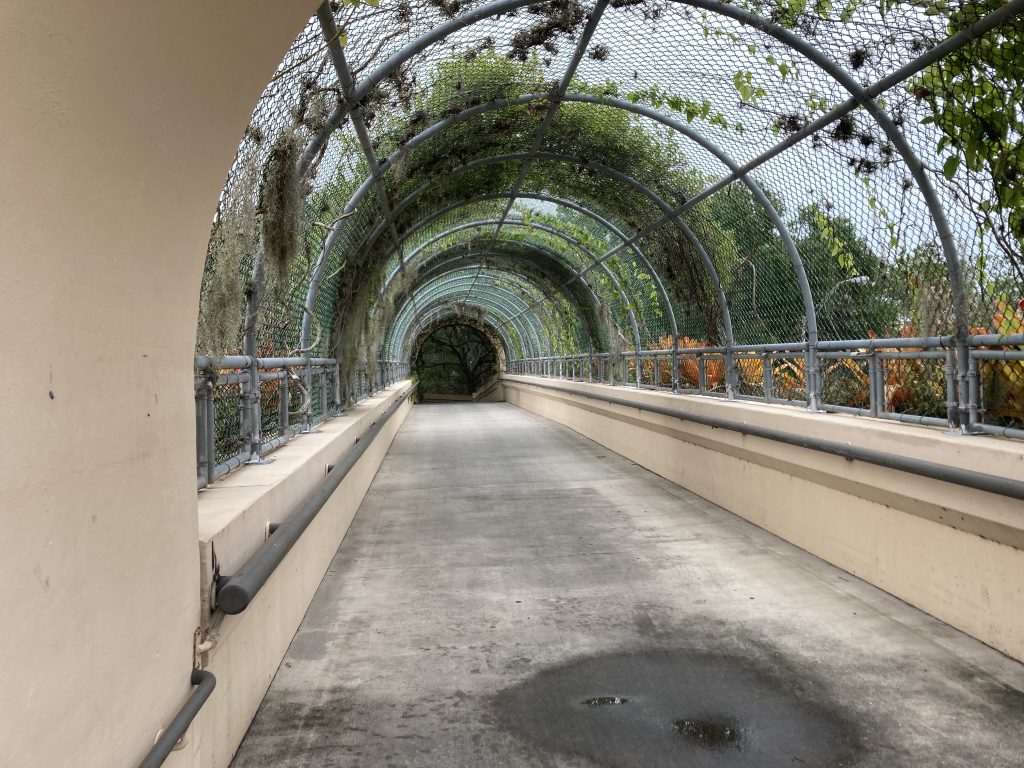Bad Directions
There is a lot of conflicting information regarding ‘Magnetic West.’ Everything in books and everything published online suggests that coming within half a mile of the place will destroy any electronic device that might be considered reasonably sensitive, say, laptops, computers, and pacemakers. More hardy electronic equipment is said to malfunction within 100’ or so.
The official signage of ‘Magnetic West’ claims the opposite, but it does so as though it’s in dialogue with its critics.
Don’t believe everything you read on the internet, says one billboard, Magnetic West is as safe as Magnetic North!
Another depicts a man bent over, clutching at his chest. It says: We fixed that problem! Magnetic West is safe for the whole family! A suspicious amount of fine print fills the area below, entirely unreadable from the road.
About a mile out, a much smaller sign reads: Experiencing dizziness? We are legally required to warn you against proceeding. An impromptu parking lot has been carved from the shoulder a few yards beyond for travelers, like me, who planned to gamble on arriving by vehicle but lost their nerve at the last moment. I leave the bike and carry Hector along the highway until I spy the gift shop ahead. Hector shifts nervously in his kennel and my fillings begin to buzz. This can’t be as safe as they claim.
And they don’t claim a lot.
‘There is nothing safe or sane about ‘Magnetic West’ or the gift shop people tend to mistake for the site itself. ‘Magnetic West’ proper is nothing but a massive wooden complex, taken up entirely by a magnetic array powerful enough to disrupt compasses for hundreds of miles around. It allows no visitors but employees, trespassers, and saboteurs alike report very little of interest for anybody outside the diehard magnet enthusiast community and, even then, it is only an engorged example of what one might see at a physics lab or a science museum.
‘Magnetic West’ is fairly transparent about it’s intent, in fact. Its investors describe it, in press releases, as an attempt to ‘Americanize natural directional anchors’ so that ‘foreign entities in the North can neither benefit from, nor manipulate, hard-earned American orientation tactics.’ In short, they’re trying to sell the idea of an artificial, American-owned, directional alternative to the earth’s natural magnetic poles.
Perhaps unsurprisingly, the concept of ‘Magnetic West’ was put forth in 2002, when the U.S. Government was particularly happy to buy up proprietary conversion devices for all their various navigation systems if it could be written off as protecting the homeland. Also unsurprising was the swiftness with which this fad died out, leaving a budgetary hole and a dozen warehouses of expensive, specialized equipment to gather dust.’
Hector and I unenthusiastically poke around ‘Magnetic West’s’ gift shop. Far from reaching some sort of self-awareness, the owners have neglected to invoke the interesting science of magnets in their selection of products, choosing to double down on their initial pitch instead. ‘Patriot Compasses’ of various models line the shelves, each with a little manifesto on the back, pledging that its owner has divested from the ‘foreign-owned’ north pole and sworn loyalty to the United States of America, proud home of the superior ‘Magnetic West.’
I’m tempted to buy one, only because it’s exactly the sort of unnatural talisman a person might trade to a witch for a dark favor, but I’d rather give my money to covens directly than support the uncomfortable patriotism espoused here. Hector and I leave with nothing but a headache, and the motorcycle drags until we finally break free from the facility’s magnetic pull, several miles back the way we came.
-traveler




